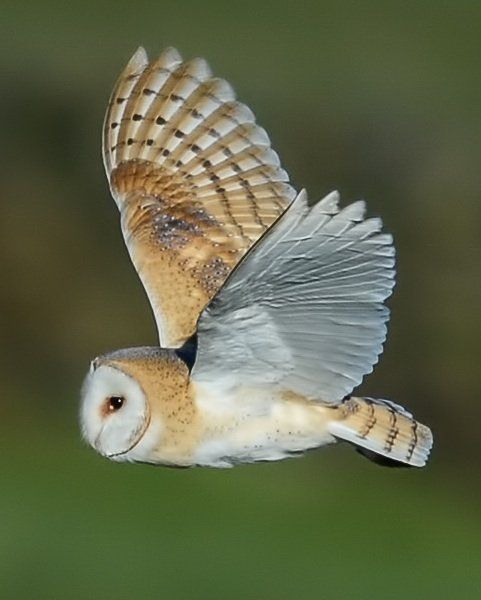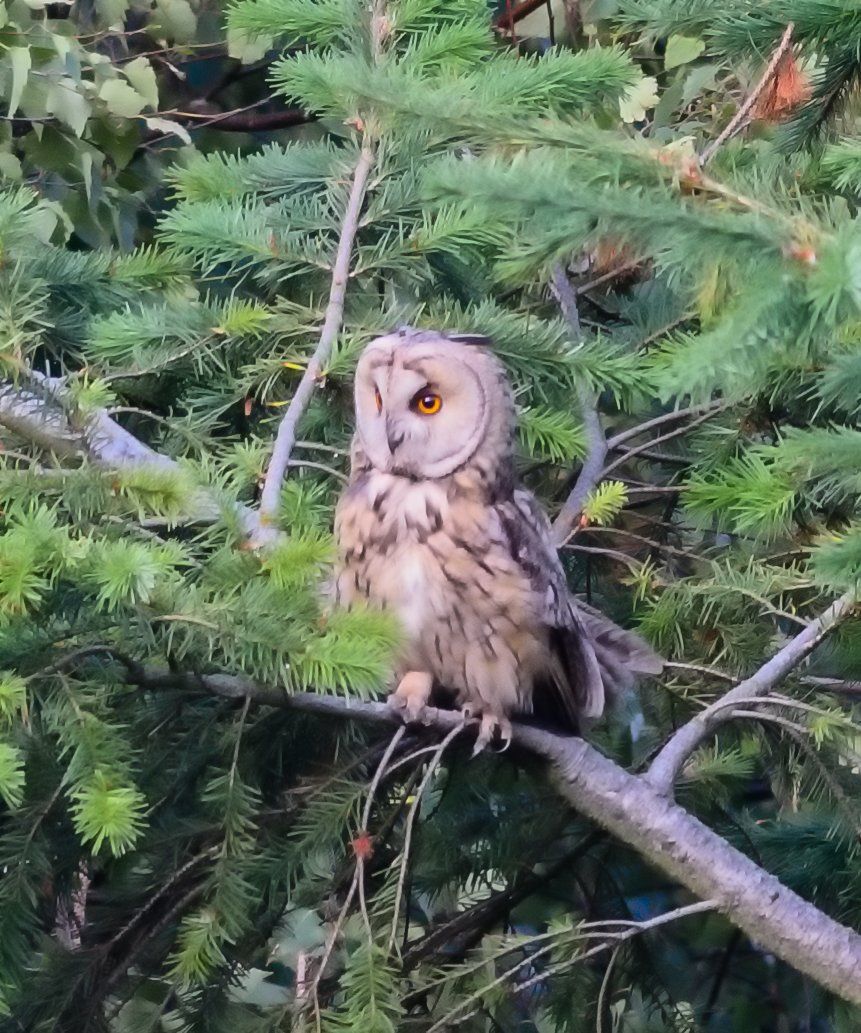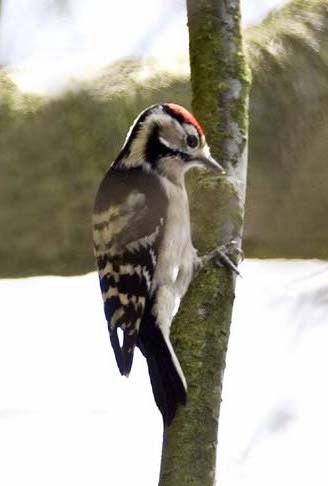BARN OWL Tyto alba
Uncommon resident breeder. Sightings from 2015:
2015
- With 65 records, a third of which referred to breeding birds, it was by far the best-ever year for this evocative species. Reports of individual birds came mainly from areas where breeding was successful or attempted. We are clearly reaping the rewards of the conservation work that has been undertaken by the Group and many other dedicated volunteers. This obviously successful approach has been achieved through the erection of specially designed boxes, in carefully chosen locations, and in co-operation with skilled birders. Perhaps it is no surprise that farmers have approached the Group to erect boxes on their land.
All the records came from Airedale and the north of the area and, for the first time, birds were attracted to Stockbridge and an area above the Worth Valley. Fifteen pairs were identified and 35 young birds were reared, most of them ringed. One pair, found in a box with 14 Goosander eggs, were non-breeders, whilst at another site there was apparently successful breeding but no further information was received.
2016
- This species is currently undergoing a positive transformation in the area, aided by the provision of nest boxes, and which will hopefully continue in the future. No less than 82 reports were submitted, compared to 65 in 2015, which was itself a record at the time. Just 10 years ago in 2006 by comparison, no Barn Owls were seen at all in the recording area!
It was reported from about 30 locations with frequent reports from the Bradup area, Glovershaw, Thruscross Reservoir and Bolton Abbey. Successful breeding, with young raised, whether using nest boxes or natural sites, occurred at Denton Moor, Timble village, Kex Gill and Clifton. At Stockbridge NR, a female laid eggs, but these were unfortunately abandoned and didn’t hatch. Breeding may also have occurred at Marley Hall Farm, Scargill Pasture, Timble Ings, Burley and Addingham.
2017
- The spread of this owl across the area continues, and is matched this year by record breeding successes. More than 15 pairs were found, and with about 73 young, many of which were monitored and ringed. All but three of these records came from Wharfedale and the Washburn Valley, with Airedale having the others, and perhaps indicating things to come.
2018
- In a remarkable turnaround, Barn Owl has gone from having no reports in 2006, to being the best-recorded owl in 2018! At least 66 different adult birds were seen, at 21 sites in Airedale, 11 in Wharfedale, and eight in the Washburn Valley. This was mirrored in breeding successes, comprising seven pairs raising at least seven young in Airedale, and some 60 young from 22 nests in Wharfedale and the Washburn.


Barn Owl and Long-eared Owl photos by Keith Allen
LONG-EARED OWL
Uncommon resident breeder. Sightings from 2014:
2014
- Five breeding pairs were located, three in the north of the area and two on the edges of Rombalds Moor, where young birds were heard calling from plantations in June. Most records referred to birds during the breeding season, the only exception being a single bird seen at Timble Ings on 6th December.
2015
- This was a better than average year with seven breeding pairs identified, some using baskets specially placed by the Group and dedicated volunteers. One plantation in the north of the area held up to four breeding pairs where chicks were seen, some of which were later ringed. Two other sites produced successful broods of up to three young at each and at a nest in the south two more young were reared. Outside the breeding period single birds were seen at Heights Lane (Bingley), Fewston Reservoir, Soil Hill and at the Oxenhope Watchpoint where a bird flew close to the observers on 15th September.
2016
- A total of nine records, at least three of which appear to involve breeding birds, although recorders have understandably been reluctant to divulge information which could threaten this beautiful species. Reported from the Soil Hill, Sandwith Moor, Timble Ings and Queensbury areas. No reports of any winter roosts were submitted.
2017
- The presence of a few young birds at four sites is a far cry from the 31 young ringed in 2007. It isn’t clear whether this represents a genuine downturn, or simply under-recording.
2018
- Records came from 10 sites, and at least 12 individuals were seen, a slight improvement on 2017. At least eight juveniles were present at 14 nests, and this is also an improvement, though numbers are still down on those of ten years ago.
LESSER SPOTTED WOODPECKER
Very uncommon and erratic resident breeder. Sightings from 2013.
2013
- The search for what is undoubtedly our ‘star’ woodland bird was, once more, full of frustration. The first record was a bird at Barden on 8th January and there was a female bird, seen on a couple of occasions, in Hirst Wood in February. During spring, a male bird was drumming on a dead oak branch at Norwood Bottom and another male was located in Strid Woods. There were also two December records, a bird at Leaventhorpe, Bradford and a male at Norwood Edge. This was a rather disappointing year, with just six birds involved and, as in 2012, no breeding records.
2014
- There were just five reports of this elusive bird, which has declined dramatically from the dizzy heights of 1990 when there were 34 records. A bird was heard calling on the edge of Hirst Wood on 18th March and there was a report of one visiting an Eccleshill garden in June. The main focus was in the Washburn, where observers reported lots of activity from what might have been two breeding pairs near a private lake. Further up the valley, at Dob Park, a bird was seen on 17th February and at Norwood Bottom another bird was watched on 26th March.
2015
- Just two records, both from the same private woodland. On each occasion a bird was heard calling: the first on 6th April and the second on 20th November.
2016
- This species, which although never very common, appears, very sadly and inexplicably, to be heading towards oblivion in our region, much as it is in other parts of the UK. Just three records from Knotford Nook and the Lower Washburn Valley. As a sobering comparison, the 2006 report, just 10 years earlier, refers to 38 records from 12 locations.
2018
- In direct contrast to the above species, this one is now limited to one site in the Washburn Valley, from which there were nine reports of up to three birds. Nothing more definite than pre-breeding activity was noted.

Lesser Spotted Woodpecker
photo: Stephen Lilley
